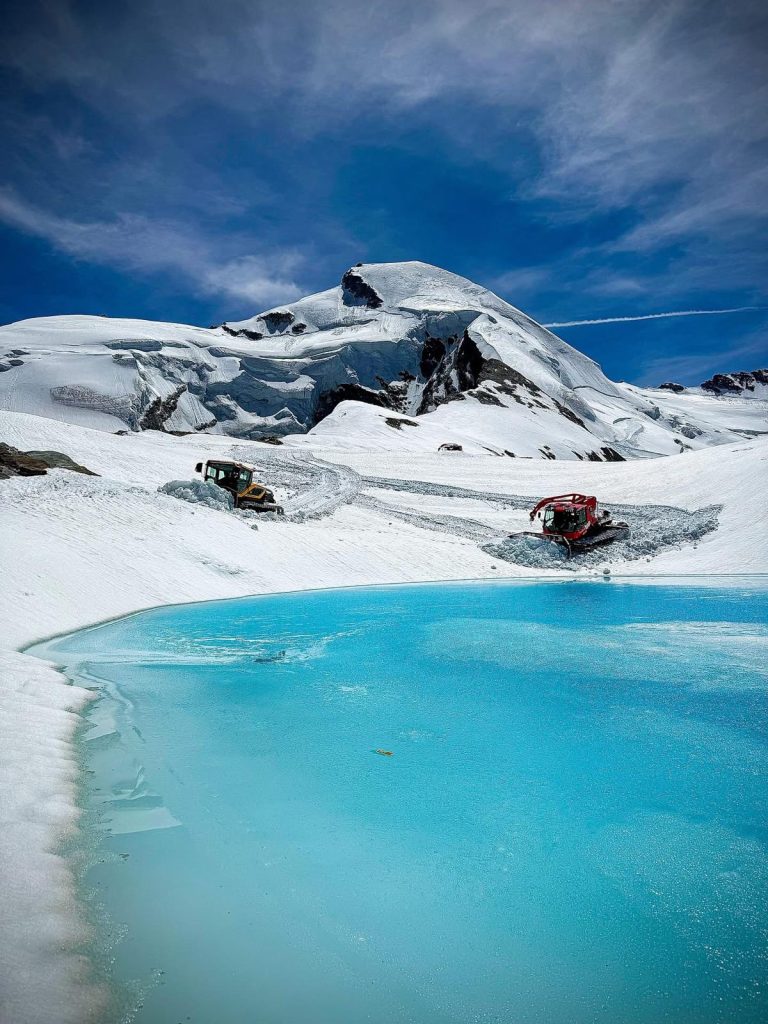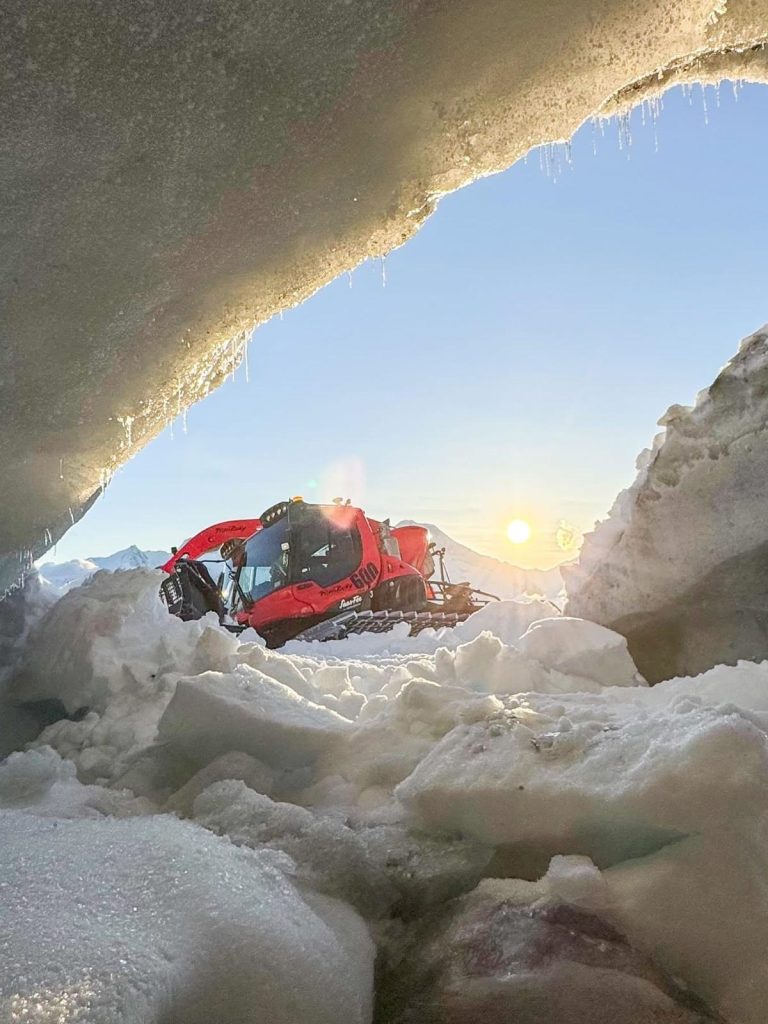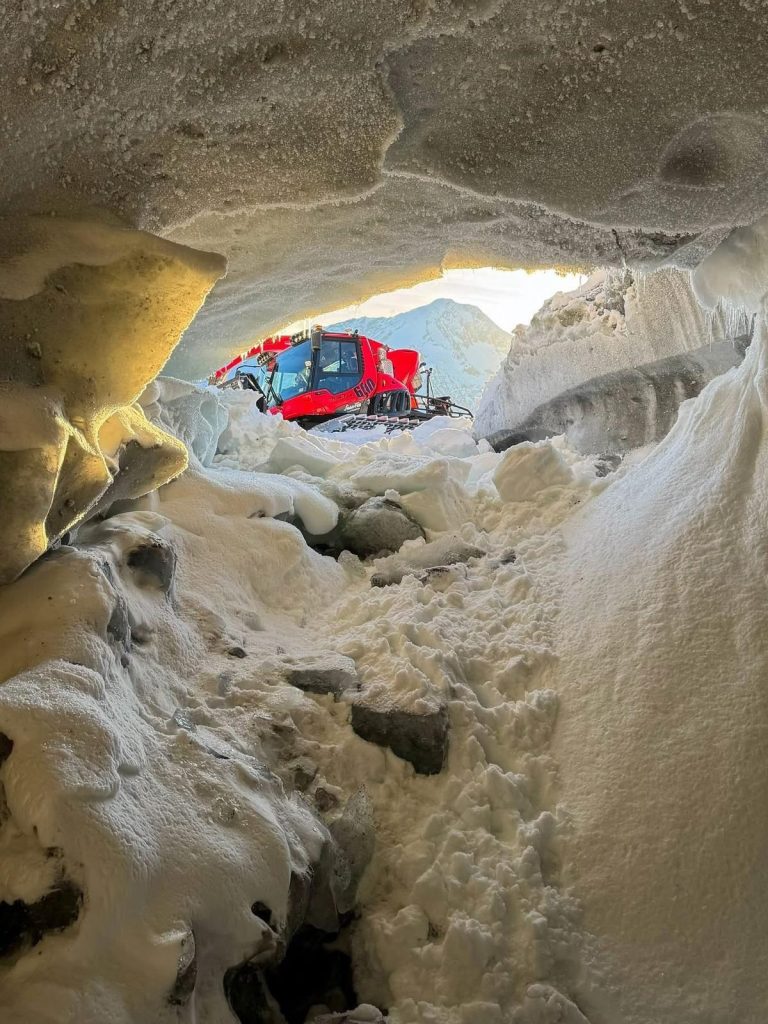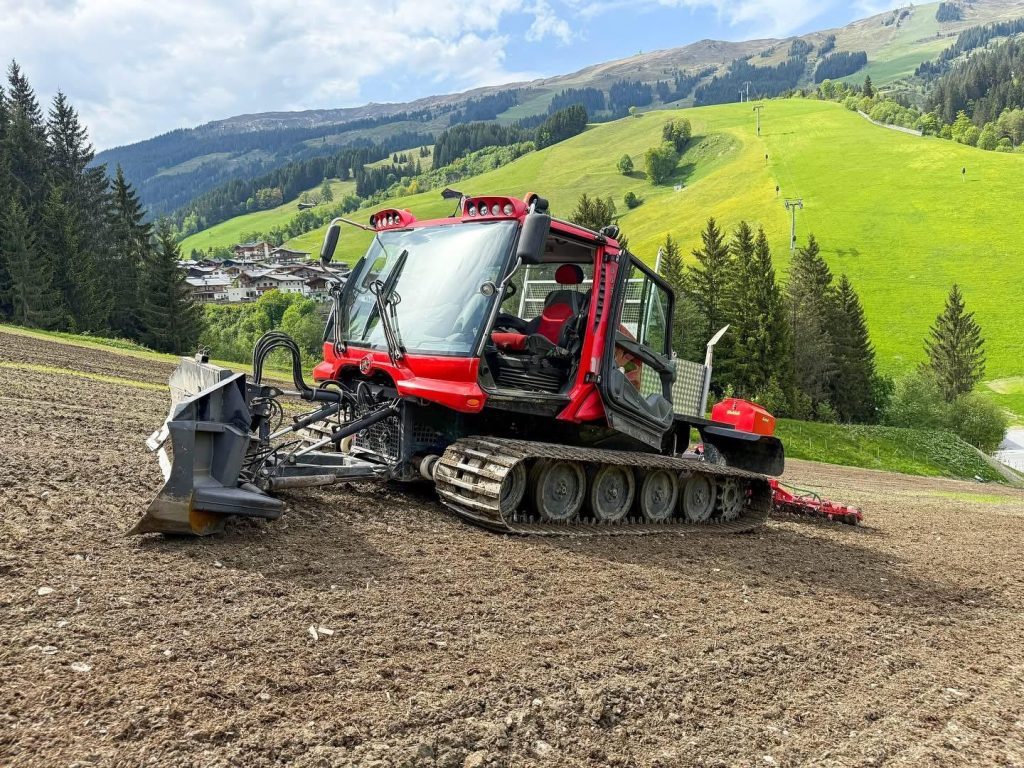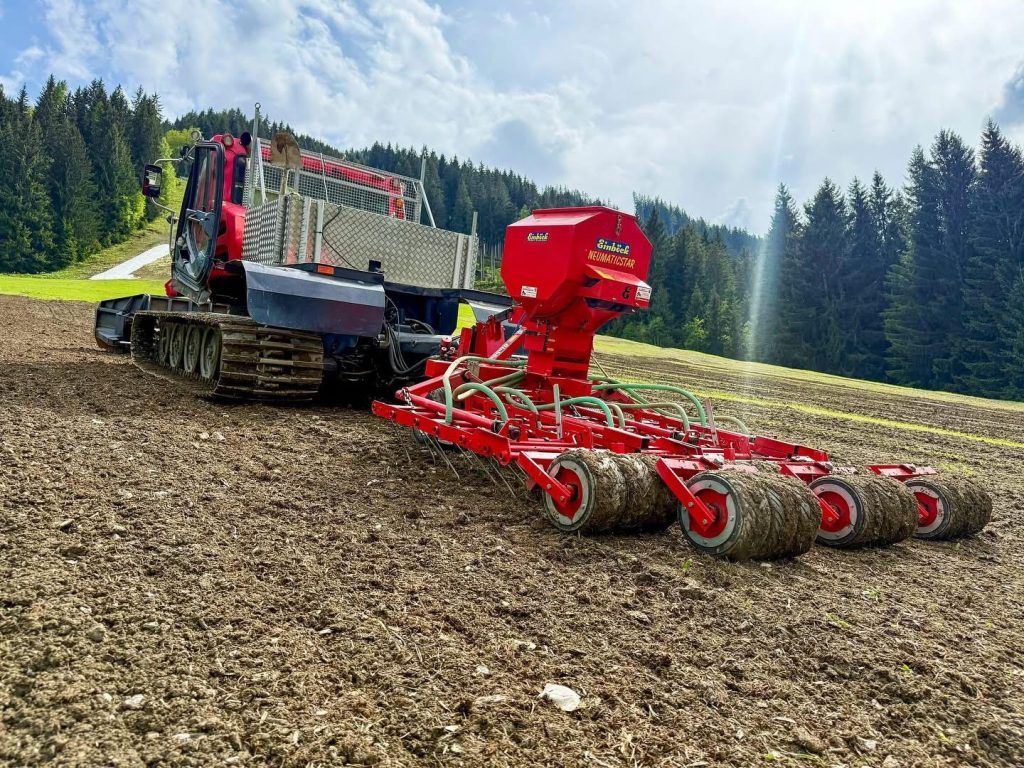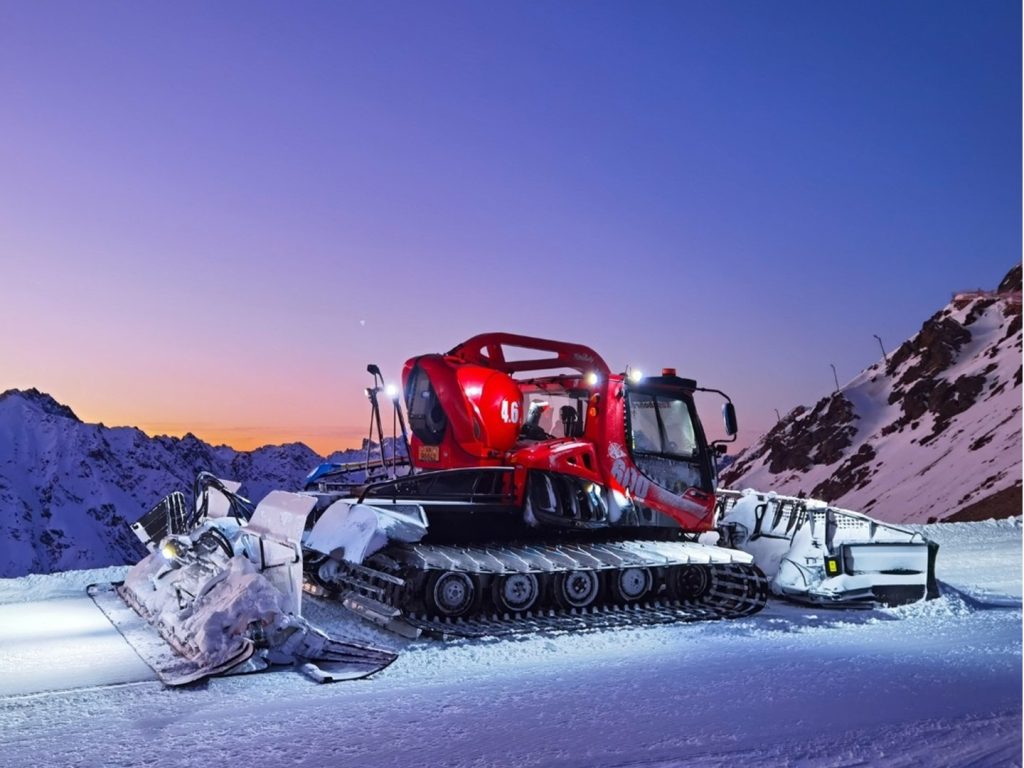The Power of Snowcats: Giants of the Snow-Covered Terrain
In the vast silence of snow-covered mountains, amid blizzards, icy slopes, and unpredictable terrain, a particular type of machine roars with authority—the snowcat. These powerful tracked vehicles, designed to conquer snow and groom ski slopes, are unsung heroes of winter infrastructure. While skiers and snowboarders carve their lines down pristine pistes, few stop to consider the engineering marvels behind those smooth runs. Snowcats, also known as snow groomers, are the backbone of mountain operations, combining raw mechanical force with precision control.
What is a Snowcat?
A snowcat (short for “snow caterpillar”) is a fully tracked vehicle engineered for movement over snow and rough winter terrain. Originally used for transporting personnel and materials across snowy regions, snowcats today play a pivotal role in:
• Grooming ski slopes
• Building and maintaining terrain parks
• Transporting gear and rescue teams
• Avalanche control operations
• Supporting remote expeditions
Unlike wheeled vehicles, snowcats use continuous tracks (like tanks), which distribute their weight over a large surface area. This gives them the ability to float over deep snow and climb steep inclines without sinking or losing grip.
A Brief History
The development of snowcats dates back to the early 20th century. In 1937, Emmett Tucker patented a design that evolved into the famous Tucker Sno-Cat. These early machines were bulky but revolutionary, allowing scientists and explorers to reach remote Arctic and Antarctic regions.
In the ski resort world, snowcats became essential in the 1960s as the popularity of downhill skiing exploded. Companies such as Prinoth, PistenBully, and Bombardier emerged as industry leaders, pushing innovation forward with more powerful engines, better track systems, and specialized attachments.
The Anatomy of Power
When discussing the power of snowcats, one must look at both engine performance and torque distribution, which enable them to operate in extreme conditions.
1. Engine Power
Modern snowcats are typically equipped with high-performance diesel engines, ranging from 300 to 600 horsepower (HP). For example:
• Prinoth Leitwolf – up to 530 HP
• PistenBully 600 – up to 520 HP
• Tucker-Terra 2000Xtra – around 350 HP
These engines are built to endure cold-starts at -30°C and maintain consistent power output regardless of altitude. Many are compliant with Tier 4 emissions standards, reflecting the industry’s commitment to sustainability.
2. Torque and Transmission
While horsepower is impressive, it’s torque—the rotational force—that truly defines snowcat performance. Snowcats generate immense low-end torque to move thousands of kilograms of weight uphill, often while dragging a grooming implement behind them. Advanced hydrostatic transmissions allow operators to finely control speed and power distribution to each track, essential when working on steep slopes or icy ridgelines.
3. Track System
A snowcat’s wide rubber or steel tracks provide incredible traction and stability. The track width varies but can reach up to 1 meter per side, with lengths over 3 meters. This provides a large contact patch with the snow, allowing the machine to “float” rather than sink, despite weights that often exceed 10,000 kg.
Grooming with Precision
Snowcats are synonymous with snow grooming—the process of smoothing and compacting snow on ski slopes for safety and performance. A typical grooming configuration includes:
• Front blade – Used to push and redistribute snow.
• Rear tiller – Equipped with rotating cutters and a finisher, it churns and smooths the snow surface.
• Winch system – Found on high-end models, it allows grooming on steep terrain using a steel cable anchored to fixed points or poles.
Advanced GPS and onboard sensors enable operators to groom with remarkable accuracy, ensuring consistent snow depth, slope gradient, and even snow density. This technology is vital in racecourse preparation, halfpipe construction, and nightly resort maintenance.
Specialized Applications
The power of snowcats extends far beyond skiing. Their versatility makes them indispensable tools in a wide range of environments:
1. Expedition Support
In Antarctica and Arctic expeditions, snowcats transport supplies, scientists, and even entire mobile labs. Their reliability, range, and ability to navigate crevasses and whiteout conditions make them superior to helicopters or snowmobiles in certain scenarios.
2. Avalanche Control
Ski patrols use snowcats to carry explosives and avalanche mitigation tools into dangerous terrain. Some snowcats are fitted with launchers for remotely deploying charges, contributing to slope safety without risking lives.
3. Snowcat Skiing (Cat Skiing)
An increasingly popular form of backcountry skiing, cat skiing uses snowcats to access pristine off-piste terrain. This alternative to heli-skiing is more environmentally friendly and cost-effective, offering powder enthusiasts a unique and thrilling experience.
Innovation and Sustainability
With the rise of climate awareness, snowcat manufacturers are investing in green technologies:
• Hybrid snowcats: Combining diesel and electric power, such as the PistenBully 600 E+, offer reduced fuel consumption and quieter operation.
• Hydrogen-powered prototypes are under development, aiming to eliminate fossil fuel dependence entirely.
• Snow measurement sensors: Help optimize grooming paths and reduce unnecessary fuel usage.
These innovations not only make grooming more efficient but also reduce the environmental footprint of ski resorts.
The Human Element
Despite all the mechanical might, it’s the operator that truly unlocks a snowcat’s potential. Operating a snowcat requires technical skill, spatial awareness, and a deep understanding of snow behavior. Operators often work alone, at night, and in hazardous weather. Their work is meticulous and vital—reshaping the mountain every evening so it’s safe and enjoyable by morning.
Some snowcat operators become local legends, sculpting massive jumps for freestyle events or maintaining World Cup downhill runs. The artistry of snowcat operation is increasingly recognized, blending engineering precision with creative terrain shaping.
A Symbol of Winter Industry
Beyond their utilitarian purpose, snowcats have become iconic. Their imposing form, humming diesel engines, and flashing lights symbolize the behind-the-scenes effort that powers winter tourism. Snowcat parades, custom-painted models, and even remote-controlled miniature snowcats have captured the imagination of enthusiasts and children alike.
In many resorts, guests can take snowcat tours, ride in heated cabins, or even enjoy snowcat dining experiences, where a vehicle takes them to mountaintop restaurants under the stars.
Snowcats are marvels of engineering—fusing power, control, and durability in one vehicle. From carving perfect corduroy trails to blazing paths through remote ice fields, they embody the grit and ingenuity of winter technology. Their evolution mirrors our own growing respect for sustainability, safety, and adventure.
So the next time you glide down a freshly groomed slope or marvel at a backcountry ridge, take a moment to appreciate the immense power of the snowcat and the unsung heroes who drive them through the night.
Remember!
“Skiing is a dance, and the mountain always leads.”
